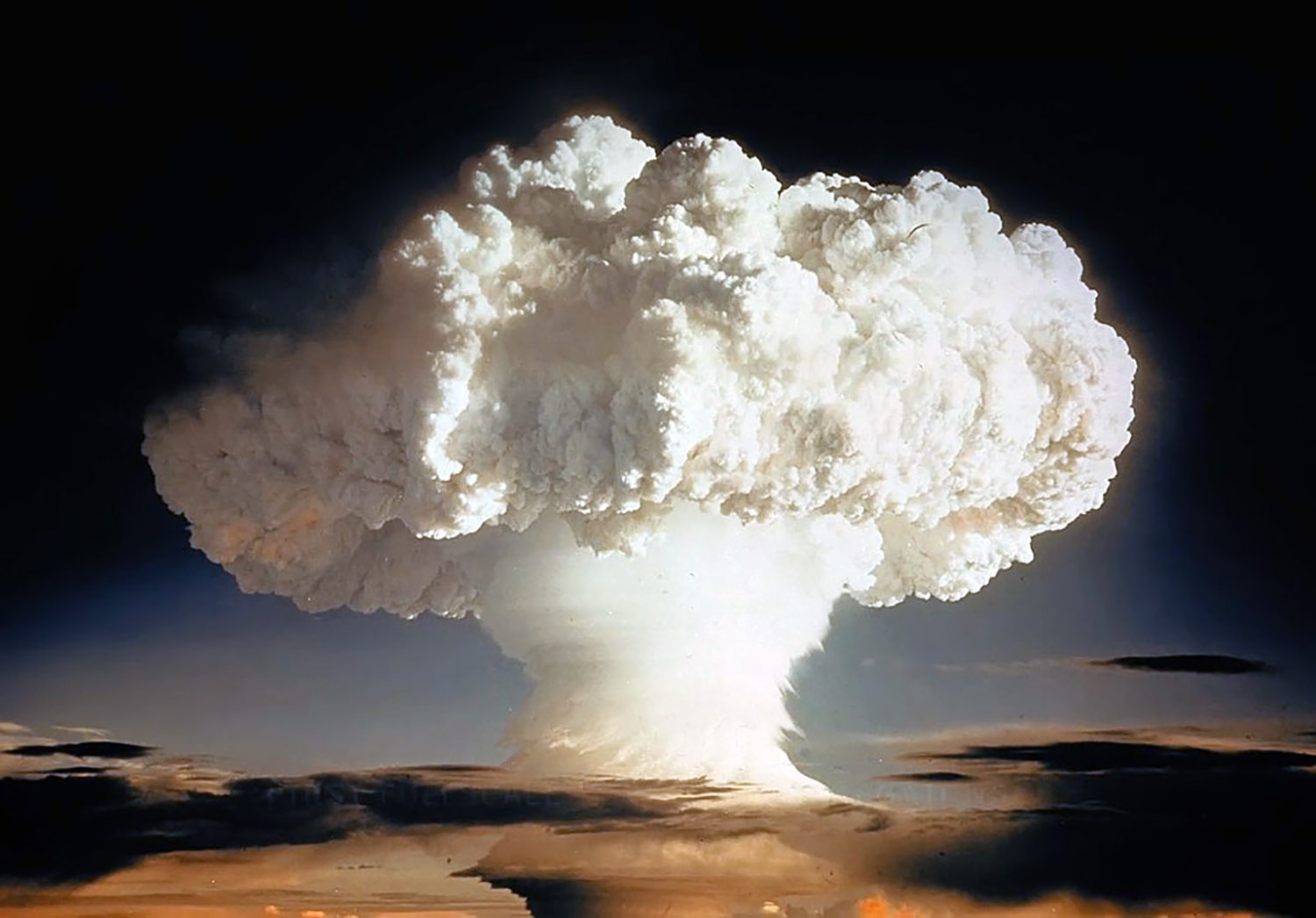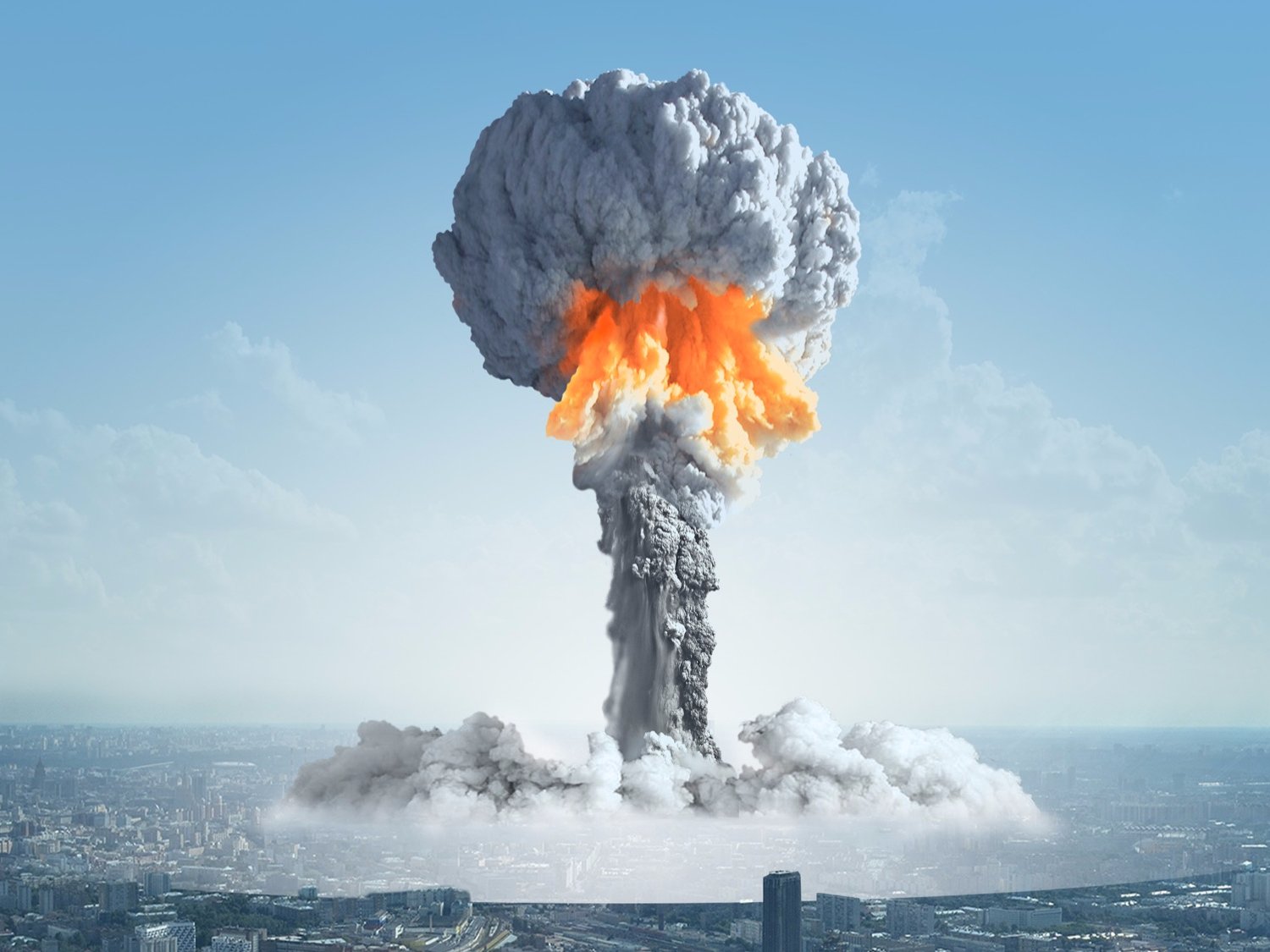

The underground explosion was so significant that it created an earthquake with a magnitude of 4.5. In 2009, the North Koreans successfully tested a nuclear weapon as powerful as the atomic bomb that destroyed Hiroshima. īut another totalitarian country, North Korea, succeeded where Saddam had failed. By then Pakistan had tested its first nuclear weapon in 1998. It turned out, though that he had abandoned those secret efforts. invaded Iraq and toppled its dictator, Saddam Hussein, in part due to a fear that he was trying to develop a nuclear weapon. īut the specter of the nuclear bomb never really went away. After the collapse of the Soviet Union in 1991, Bush and Boris Yeltsin, president of the new Russian Federation, signed another treaty, START II, in 1992, which cut the number of warheads and missiles even more. Bush, and Gorbachev signed an even more important treaty, START I, and agreed to major reductions in their arsenals. By late in the decade, as the Soviet Union began to teeter economically, Reagan and Soviet leader Mikhail Gorbachev were working in earnest toward nuclear arms limitation. from attack, but also might have enabled the U.S. pursued a strategy of developing anti-missile defense technology - dubbed "Star Wars" by skeptics - that was intended to protect the U.S. During the 1970s and '80s, tensions continued. That grisly threat deterred them from utilizing nukes against one another, but even so, the fear of a cataclysmic nuclear war remained. Both had a strategy of mutual assured destruction - basically that even if one nation launched a successful sneak attack that killed millions and wreaked widespread devastation, the other nation still would have enough weapons left to counterattack and inflict an equally brutal retribution. Eventually, the nuclear powers became frozen in a standoff.

Homeowners dug bunkers in their backyards. Schools conducted nuclear air raid drills. The nuclear bomb loomed over everyone and everything. Other nations - the United Kingdom, France, China and Israel - all had nuclear weapons by the late '60s. Submarines were equipped with nuclear missiles as well, making it even easier to launch a devastating attack. Both countries augmented their fleets of strategic bombers with land-based intercontinental ballistic missiles capable of reaching one another's cities from thousands of miles away. and the Soviets slipped into a decadeslong period of animosity that became known as the Cold War, both nations developed an even more powerful nuclear weapon - the hydrogen bomb - and built arsenals of warheads.


 0 kommentar(er)
0 kommentar(er)
